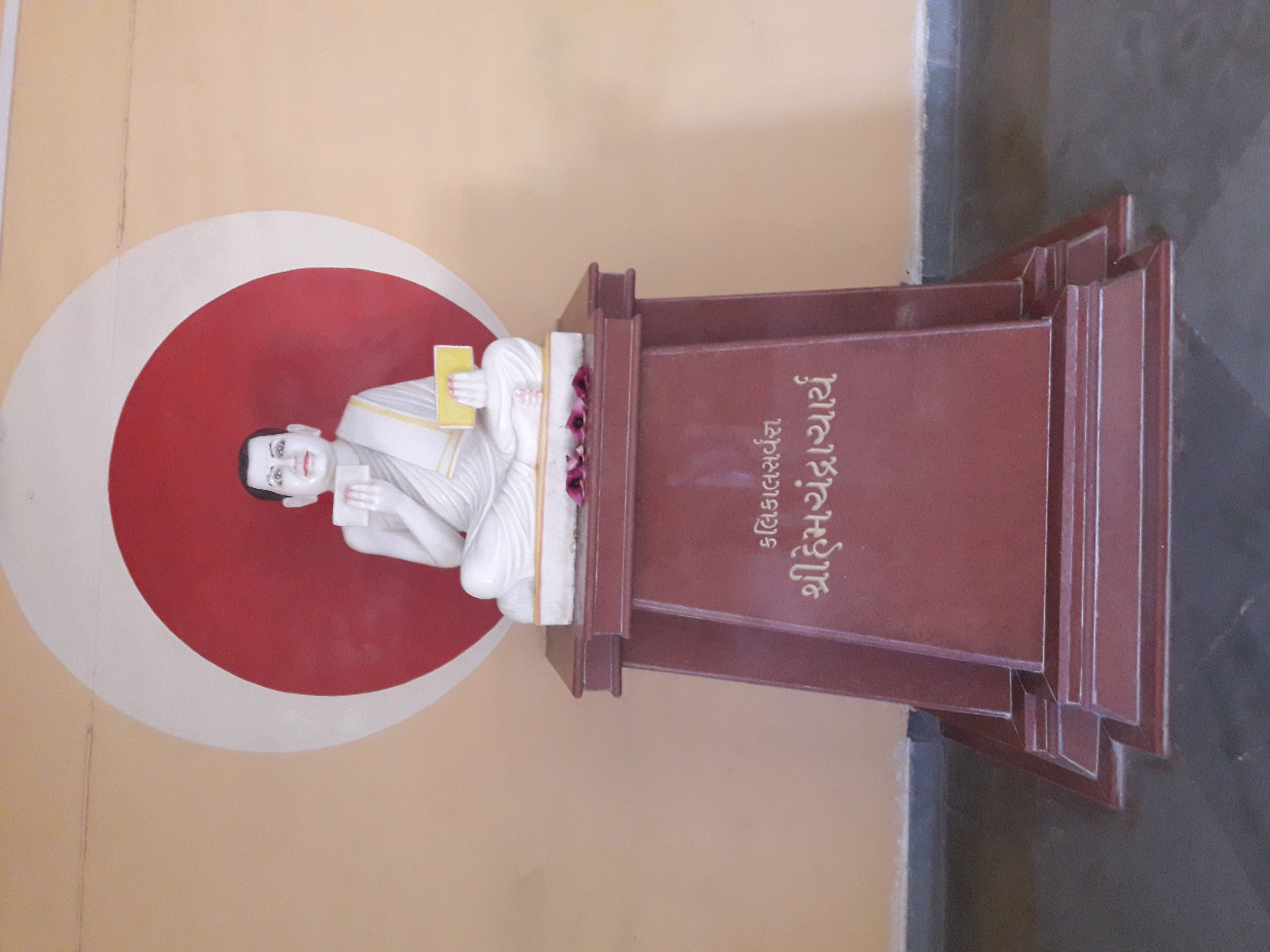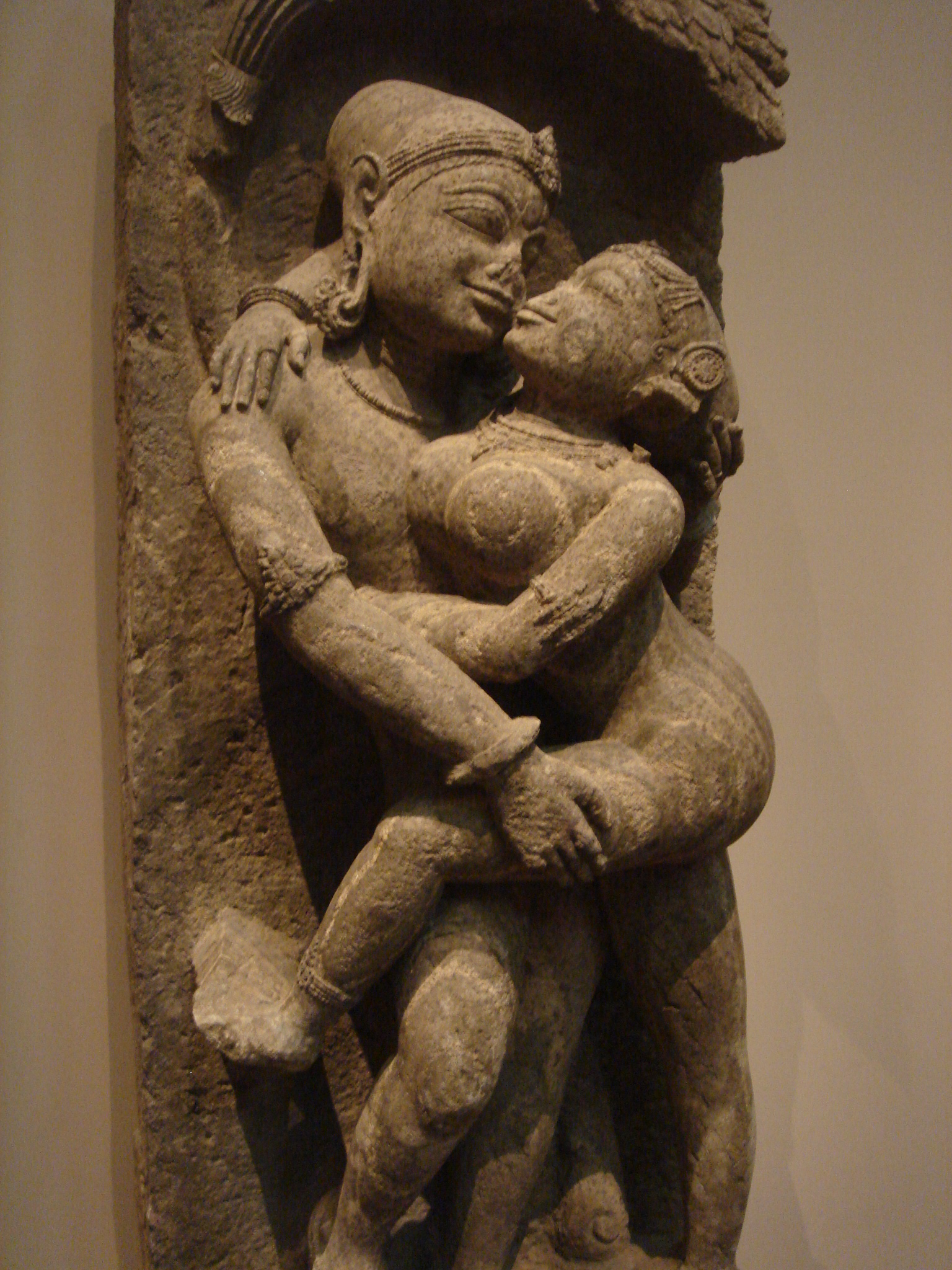|
Jñānārṇava
''Jnanarnava'' (Sanskrit: ज्ञानार्णव, IAST: ''Jñānārṇāva'', meaning 'Ocean of Wisdom on Meditation') is an important Jain text in Sanskrit on various topics useful to the mendicant but focuses primarily on meditation. Another name for this text is ''Yogapradipadhikara'' meaning, the Book that Illuminates Meditation. Subject matter ''Jnanarnava'' is an important work in Jainism focusing on ''dhayana'' (meditation), its techniques and results. But it does not focus only on meditation, but is underpinned by Jain ontology and presents the Jain teachings in the light of Yoga. Subhacandra distinguishes three categories of ''dhyana''—good, evil and pure, in conformity with the three types of purposes, viz., the auspicious, the inauspicious and the transcendental. At another place, he classifies ''dhyana'' into ''prasasta'' (the psychical or psychological view) and ''aprasasta'' (practical or ethical view). In addition to this, he also elaborately expounds ... [...More Info...] [...Related Items...] OR: [Wikipedia] [Google] [Baidu] |
Jain Agamas
Jain literature () refers to the literature of the Jain religion. It is a vast and ancient literary tradition, which was initially transmitted orally. The oldest surviving material is contained in the canonical ''Jain Agamas'', which are written in Ardhamagadhi, a Prakrit ( Middle-Indo Aryan) language. Various commentaries were written on these canonical texts by later Jain monks. Later works were also written in other languages, like Sanskrit and Maharashtri Prakrit. Jain literature is primarily divided between the canons of the ''Digambara'' and '' Śvētāmbara'' orders. These two main sects of Jainism do not always agree on which texts should be considered authoritative. More recent Jain literature has also been written in other languages, like Marathi, Tamil, Rajasthani, Dhundari, Marwari, Hindi, Gujarati, Kannada, Malayalam and more recently in English. Beliefs Jains believe their religion is eternal, and the teachings of the first tīrthaṅkara, Ṛṣ ... [...More Info...] [...Related Items...] OR: [Wikipedia] [Google] [Baidu] |
Asteya
(Sanskrit: , IAST: ) or (Sanskrit: ; IAST: ) is the Sanskrit term for "non-stealing". It is a virtue in Jainism. The practice of demands that one must not steal, nor have the intent to steal, another's property through action, speech, and thoughts. is one of five major vows of Hinduism and Jainism. It is also one of ten forms of temperance (virtuous self-restraint) in Indian philosophy. Etymology The word "" is a compound derived from Sanskrit, where "" refers to "non-" and "" refers to "practice of stealing" or "something that can be stolen". Thus, means "non-stealing". Jainism In Jainism, it is one of the five vows that all and s (householders) as well as monastics must observe. The five transgressions of this vow, as mentioned in the Jain text ''Tattvārthsūtra'', are: "Prompting another to steal, receiving stolen goods, underbuying in a disordered state, using false weights and measures, and deceiving others with artificial or imitation goods". This is explained in ... [...More Info...] [...Related Items...] OR: [Wikipedia] [Google] [Baidu] |
Yasovijaya
Yashovijaya (, 1624–1688), a seventeenth-century Jain philosopher-monk, was an Indian philosopher and logician. He was a thinker, prolific writer and commentator who had a strong and lasting influence on Jainism.Dundas, Paul (2004) p.136 He was a disciple of Muni Nayavijaya in the lineage of Jain monk Hiravijaya (belonging to the Tapa Gaccha tradition of Śvetāmbara Jains) who influenced the Mughal Emperor Akbar to give up eating meat. He is also known as Yashovijayji with honorifics like Mahopadhyaya or Upadhyaya or Gani. Early life Yashovijaya was born in a village called Kanoda in the Mehsana district in Gujarat in 1624 CE. Some sources place his year of birth as 1608 CE. His childhood name was Jasha. He belonged to the endogamous group of Oswal Jains. He lost his father when he was very young and consequently he was brought up by his mother. The inclination towards religious life was inculcated by his mother, who often used to take him to Jain upashrayas. Young Yashovi ... [...More Info...] [...Related Items...] OR: [Wikipedia] [Google] [Baidu] |
Hemacandra
Hemacandra was a 12th century () Śvetāmbara Jaina ācārya, scholar, poet, mathematician, philosopher, yogi, grammarian, law theorist, historian, lexicographer, rhetorician, logician, and prosodist. Noted as a prodigy by his contemporaries, he gained the title ''kalikālasarvajña'', "the knower of all knowledge in his times" and is also regarded as father of the Gujarati language. Born as Caṅgadeva, he was ordained in the Śvetāmbara school of Jainism in 1110 and took the name Somacandra. In 1125 he became an adviser to King Kumārapāla and wrote ''Arhannīti'', a work on politics from Jaina perspective. He also produced ''Triśaṣṭi-śalākā-puruṣacarita'' (“Deeds of the 63 Illustrious Men”), a Sanskrit epic poem on the history of important figures of Jainism. Later when he was consecrated as ācārya, his name was changed to Hemacandra. Early life Hemacandra was born in Dhandhuka, in present-day Gujarat, on Kartika Sud Purnima (the full moon day of Kā ... [...More Info...] [...Related Items...] OR: [Wikipedia] [Google] [Baidu] |
Jinasena
Acharya Jinasena II (c. 9th century CE) was a monk and scholar in the ''Digambara'' tradition of Jainism. He was patronized by the Rashtrakuta Emperor Amoghavarsha I. He was the author of ''Adipurana'' and '' Mahapurana''.Early medieval developments (500–1100) Encyclopaedia Britannica Jinasena II was the disciple of '' Acharya Virasena'' and he completed the commentary '' Dhavala'' on '''', a revered text in ... [...More Info...] [...Related Items...] OR: [Wikipedia] [Google] [Baidu] |
Haribhadra
Acharya Haribhadra Suri was a Śvetāmbara mendicant Jain leader, philosopher , doxographer, and author. There are multiple contradictory dates assigned to his birth. According to tradition, he lived c. 459–529 CE. However, in 1919, a Jain monk named Jinvijay pointed out that given his familiarity with Dharmakirti, a more likely choice would be sometime after 650. In his writings, Haribhadra identifies himself as a student of Jinabhadra and Jinadatta of the Vidyadhara Kula. There are several, somewhat contradictory, accounts of his life. He wrote several books on Yoga, such as the Yogadṛṣṭisamuccaya and on comparative religion, outlining and analyzing the theories of Hindus, Buddhists and Jains. Life The earliest story of his life say that Haribhadra was born in Dharmapuri and that he was an educated Brahmin who decided that he would become a pupil of anyone who could state a sentence which Haribhadra could not understand. After hearing a Jain nun named Yākinī Mah ... [...More Info...] [...Related Items...] OR: [Wikipedia] [Google] [Baidu] |
Pujyapada
Acharya Pujyapada or Pūjyapāda (464–524 CE) was a renowned grammarian and ''Acharya (Jainism), acharya'' (philosopher monk) belonging to the Digambara tradition of Jainism, Jains. It was believed that he was worshiped by demigods on the account of his vast scholarship and deep piety, and thus, he was named Pujyapada. He was said to be the guru of King Durvinita of the Western Ganga dynasty. Life Pujyapada is said to have lived from 510 CE to 600 CE. Born under the name Devanandi to parents Madhava Bhatta and Shridevi, he was a sadhu Digambara monk, as well as a yogi, mystic, poet, scholar, author and master of several branches of learning. As the Devs from heaven used to come to do Puja (Hinduism), Puja of his feet Paad, the title of Pujyapaad was given to him. He was heavily influenced by the writings of his predecessors like ''Acharya'' Kundakunda and ''Acharya'' Samantabhadra (Jain monk), Samantabhadra. He is rated as being the greatest of the early masters of Jain lite ... [...More Info...] [...Related Items...] OR: [Wikipedia] [Google] [Baidu] |
Dharma (Jainism)
Jain texts assign a wide range of meaning to the Sanskrit ''dharma'' or Prakrit ''dhamma''. It is often translated as “religion” and as such, Jainism is called ''Jain Dharma'' by its adherents. In Jainism, the word "Dharma" is used to refer the following: religion; dharmastikaay (the principle of motion) as a dravya (substance or a reality); the true nature of a thing; and ten virtues like forgiveness, etc., also called ten forms of dharma. Religion Usage of the word "dharma" in reference to the religion include: Ahimsa as Dharma According to Jain texts, Ahimsa is the greatest dharma (अहिंसा परमॊ धर्मः hiṃsā paramo dharmaḥ "non-violence is the highest religion") and there is no religion equal to the religion of non-violence. Dharma bhāvanā Jain texts prescribe meditation on twelve forms of reflection (''bhāvanā'') for those who wish to stop the influx of ''karmas'' that extend transmigration. One such reflection is ''Dharma ... [...More Info...] [...Related Items...] OR: [Wikipedia] [Google] [Baidu] |
Pranayama
Pranayama (Sanskrit: प्राणायाम, "Prāṇāyāma") is the yogic practice of focusing on breath. In classical yoga, the breath is associated with '' prana'', thus, pranayama is a means to elevate the ''prana-shakti'', or life energies. Pranayama is described in Hindu texts such as the ''Bhagavad Gita'' and the ''Yoga Sutras of Patanjali''. Later, in Hatha yoga texts, it meant the complete suspension of breathing. The pranayama practices in modern yoga as exercise differ from those of the Hatha yoga tradition, often using the breath in synchrony with movements. Etymology ''Prāṇāyāma'' (Devanagari: ') is a Sanskrit compound. It is defined variously by different authors. Macdonell gives the etymology as prana ('), breath, + ''āyāma'' and defines it as the suspension of breath. Monier-Williams defines the compound ' as "of the three 'breath-exercises' performed during (''See'' ', ', '". Monier-Williams, p706, left column./ref> This technical defi ... [...More Info...] [...Related Items...] OR: [Wikipedia] [Google] [Baidu] |
Maithuna
''Maithuna'' (Devanagari: मैथुन) is a Sanskrit term for sexual intercourse within Tantra (Tantric sex), or alternatively for the sexual fluids generated or the couple participating in the ritual. It is the most important of the Panchamakara and constitutes the main part of the grand ritual of Tantra also known as Tattva Chakra. Maithuna means the union of opposing forces, underlining the nonduality between human and divine, as well as worldly enjoyment (''kama'') and spiritual liberation (''moksha''). Maithuna is a popular icon in ancient Hindu art, portrayed as a couple engaged in physical loving. Concept Maithuna entails male-female couples and their union in the physical, sexual sense as synonymous with kriya nishpatti (mature cleansing). Just as neither spirit nor matter by itself is effective but both working together bring harmony so is maithuna effective only then when the union is consecrated. The couple become for the time being divine: she is Shakti and he i ... [...More Info...] [...Related Items...] OR: [Wikipedia] [Google] [Baidu] |





